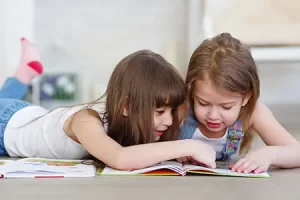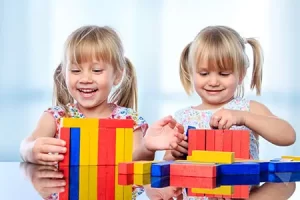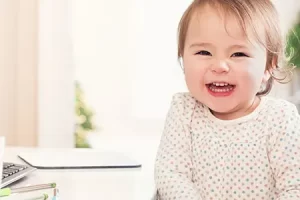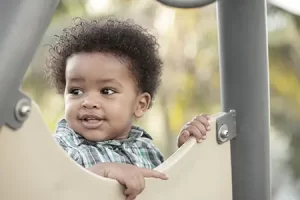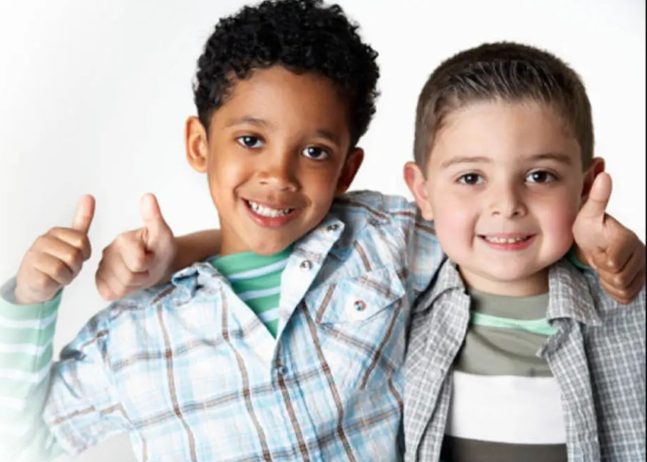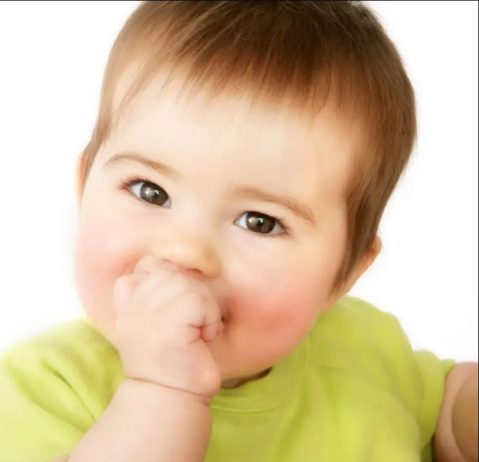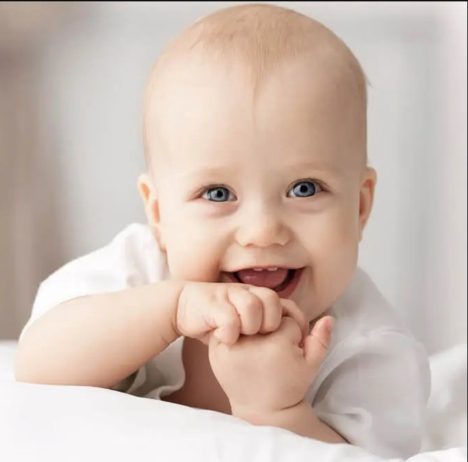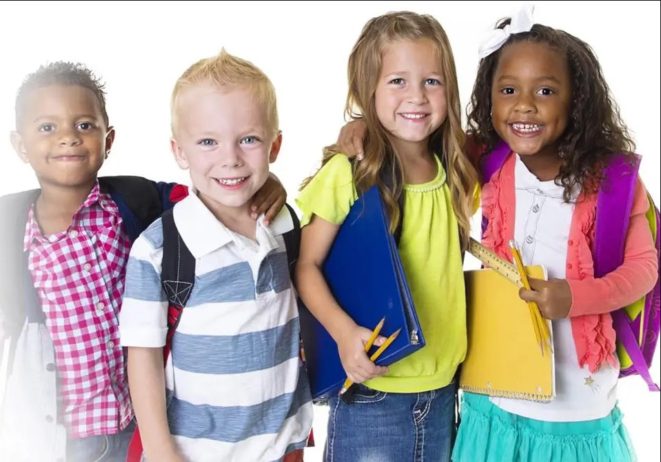Cadence schools across the country are now enrolling for Summer Programs! Be sure to ask if your school is hosting summer camp or any summer programs for school aged children in 2024.
- Overview
- Programs
- Reviews
About Learning Tree Academy Preschool in Middletown, DE
Learning Tree Academy (LTA) serves children from the age of 6 weeks to 12 years old. Children are provided with engaging activities which offer a variety of hands-on experiences geared toward meeting diverse learning styles of each individual. The teachers strive to provide each child with age appropriate exploration and student led activities. In addition, LTA uses a positive role model approach in a creative environment.
Parents are of primary importance in their children’s development and at LTA we are partners in their children’s lives. There are many different ways that LTA encourages family involvement throughout your child’s educational journey. This environment provides children and families a safe, secure, and inviting place to participate in meaningful interactions with their peers and teachers.
Our Programs
Learning Tree Academy offers several programs for families seeking quality education and care for their children. With a range from infant daycare to elementary school age programs, there are different approaches within each classroom.
- Infants and Toddlers – Your child will experience a variety of activities throughout the day including singing, reading books, sensory exploration, sign language, and expanding upon their vocabulary. Some of the goals the teachers are working on through daily activities include: identifying basic colors and shapes, identifying everyday objects with picture cues, increasing vocabulary, improving self-help skills like using utensils, sippy cups, etc., and social skills like sharing.
- Preschool – Your children will experience activities that are hands-on and allow them to develop at their own pace. The different developmentally appropriate activities introduce them to many subject areas including math, science, social studies, health and safety, and language literacy.
- Pre-K – our Pre-K program is a full day program in which the teachers utilize the curriculum to implement developmentally appropriate activities that are geared toward kindergarten readiness. The children will progress in areas of positive social skills, following directions, taking initiative in decision making skills, and creating a strong foundation in language and literacy, math, science, and social studies concepts.
- Before and After Care – The school age program provides the children the opportunity to socialize, participate in center activities, and prepare for departure to school in the morning. In the afternoon, the children return from school and will be given time to work on homework with assistance from the teachers, enjoy outside time, and interact with their peers within a variety of activities. We provide transportation to and from several of the local schools in the Appoquinimink School District.
- Summer Camp – During the summer, we provide educational and entertaining activities to give children an opportunity to have fun while they continue learning.
We would love to show you our school. Contact us today to set up a visit and let us show you why our school is so much more than daycare!!!
Programs Offered
Reviews from Parents

























Learning Tree Academy
Middletown, DE
Leave us a Review
We want to learn about your experience with Learning Tree Academy . Please take a moment to share your experience with us and let us know how we are doing.



